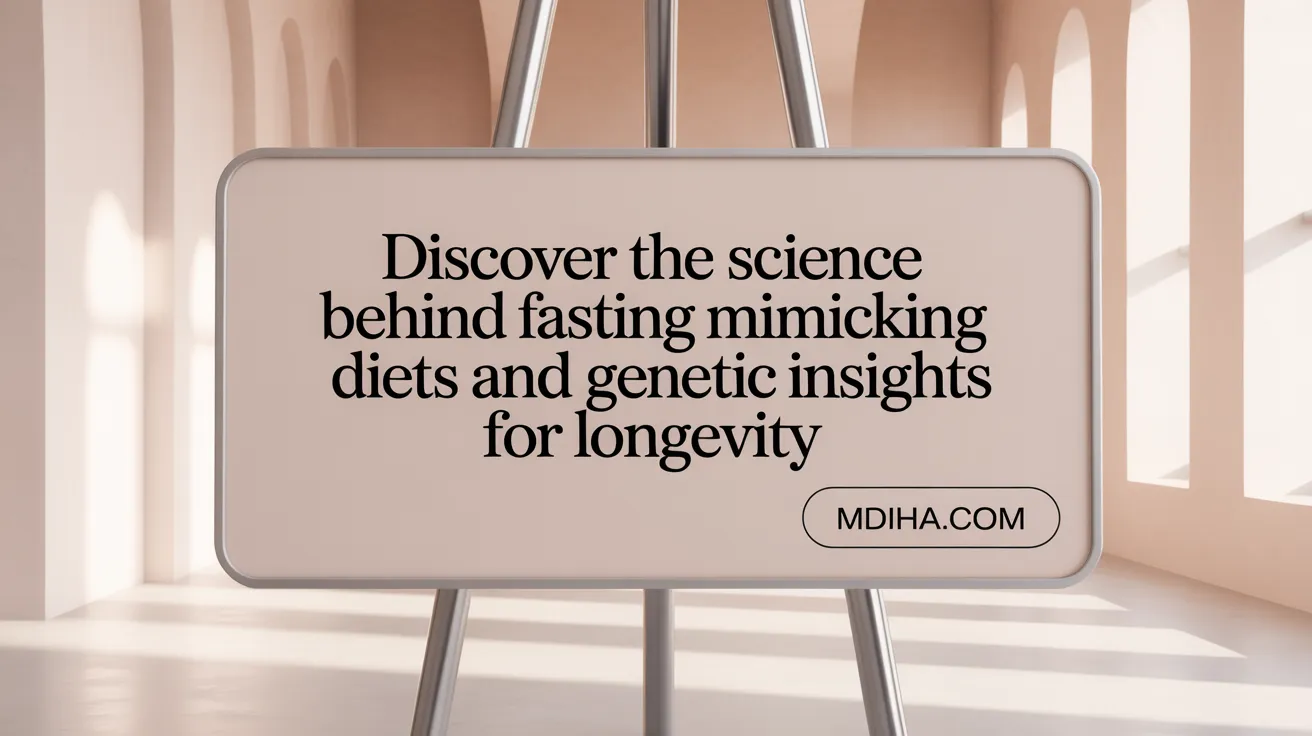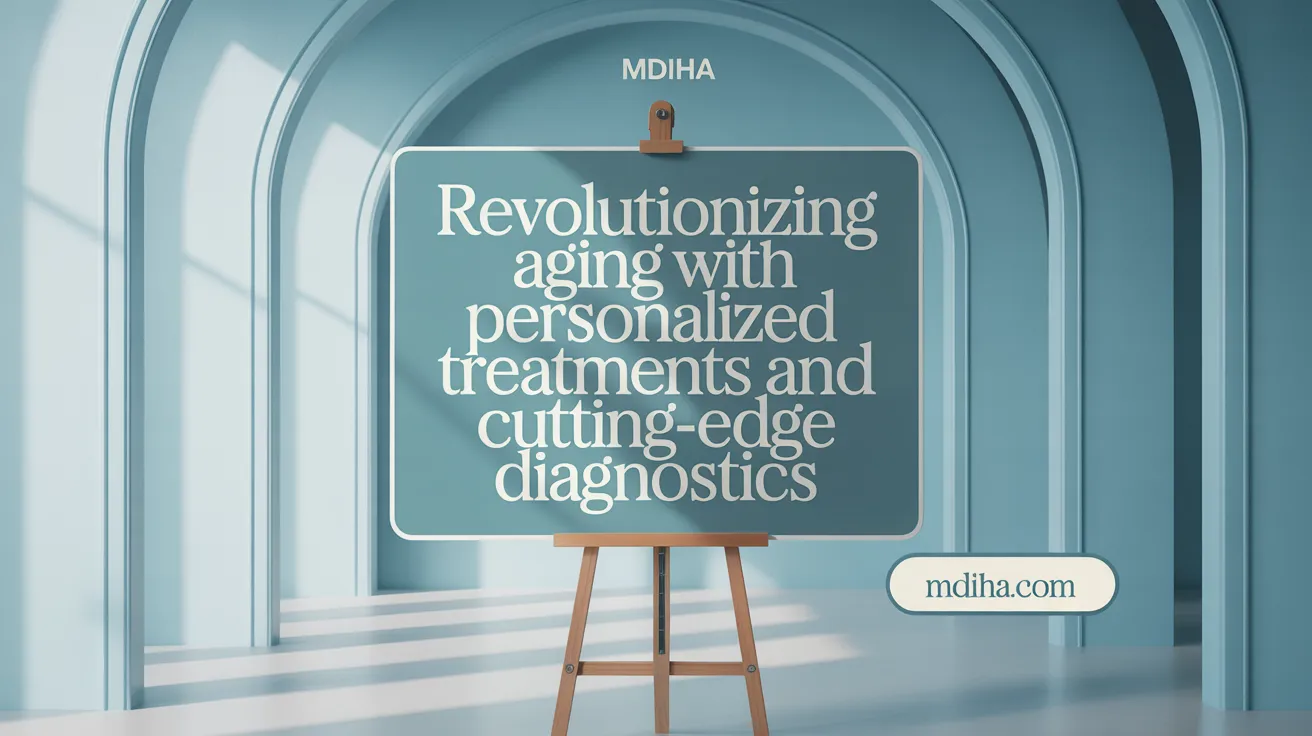Understanding Valengerontology's Integral Role in Healthy Aging
Definition and Scope of Valengerontology
Valengerontology is an emerging interdisciplinary field that integrates the holistic study of aging with proactive health management strategies aimed at extending both lifespan and healthspan. It encompasses biological, psychological, social, and environmental dimensions of aging, emphasizing personalized, tailored approaches to maintain vitality and independence in older adults.
Connection to Longevity and Vitality
By prioritizing vitality through comprehensive health optimization, valengerontology aligns with core principles promoting healthy longevity. This includes structured physical activity, engagement in meaningful social and cultural activities, nutritional balance, and mental wellbeing. These factors synergistically contribute to mitigating age-related decline and enhancing resilience, thereby supporting extended years of active and meaningful living.
Importance in Modern Aging Science
In contemporary gerontological research and clinical practice, valengerontology addresses complexities beyond traditional disease-based models. It incorporates advanced diagnostics, genomics, and personalized interventions such as bioidentical hormones and fasting mimicking diets. Furthermore, it promotes preventive care frameworks tailored to individual genetic profiles and lifestyle factors. This approach is critical in responding to modern challenges like climate change effects on the elderly and the increasing prevalence of age-related chronic diseases, reinforcing its central role in advancing healthy aging sciences.
Core Components of Healthy Longevity: Physical, Mental, and Social Vitality

What are the foundational elements that contribute to healthy longevity?
Healthy longevity is supported by four essential factors: regular physical activity for older adults, participation in meaningful activities such as nature, arts, spirituality, and social relationships, robust social capital and longevity characterized by strong networks and trust, and a balanced, colorful, plant-rich diet with proper hydration and protein intake especially tailored for older adults (healthy diet for older adults).
Key factors supporting healthy longevity
Physical activity plays a critical role in preventing disease, promoting independence, and reducing mortality rates for older adults. Guidelines emphasize consistent, safe exercise that maintains strength, balance, and cardiovascular health.
Engagement in meaningful activities fosters mental resilience and lowers stress. Activities such as spending time in nature, cultivating artistic expression, practicing spirituality, and nurturing social connections contribute to wellness and sustained vitality (meaningful activities for health.
High social capital, including trusted, cooperative relationships and community networks, enhances mental well-being and is linked with longer lifespan and better health outcomes.
Impact of nutrition on aging
Nutrition for healthy aging prioritizes a caloric-appropriate, vibrant plant-based diet rich in antioxidants and phytonutrients. Adequate hydration and sufficient protein intake support muscle mass and functional capacity among older adults (healthy diet for older adults.
Together, these components create a holistic framework, emphasizing physical, mental, and social vitality as pillars of healthy longevity, essential for maintaining independence and quality of life in advanced age.
Cutting-Edge Research on Longevity: Insights from Dr. Valter Longo

How does Dr. Valter Longo's research contribute to understanding healthy aging?
Dr. Valter Longo's pioneering research focuses on the effects of cycles of fasting mimicking diets (FMD) on multi-system regeneration, which has significant implications for extending healthspan. These dietary cycles prompt rejuvenation in critical systems such as the immune and nervous systems and promote muscle health, fostering improved physiological resilience in older adults.
Genetic factors are also central in Longo’s studies. He highlights considerable variability in human lifespan and healthspan, underscoring genetic influence. His research with subjects exhibiting Laron syndrome—individuals lacking growth hormone receptors—demonstrates a natural model of healthy longevity characterized by reduced chronic disease incidence and prolonged lifespan.
Fasting mimicking diets and regeneration
FMD protocols are designed to trigger cellular regeneration processes without complete fasting, promoting tissue repair and systemic restoration. This innovative approach is showing promise in preclinical and early human studies as a non-pharmacologic intervention to enhance vitality and delay age-related decline.
Genetic influences on lifespan and healthspan
Variations in genetic expression and receptor activity can significantly alter aging trajectories. The Laron syndrome case study exemplifies how altered endocrine signaling pathways may confer protective effects against cardiovascular and metabolic diseases, fostering longevity.
Potential applications in clinical gerontology
Integrating FMD and genetic insights supports the development of personalized geriatric care strategies. Such interventions may align with the goals of clinical gerontology by promoting independence and reducing disease burden in the elderly.
Evidence from Laron syndrome studies
The examination of Laron syndrome populations reveals a compelling biological template wherein hormonal modulation correlates with extended, disease-free lifespans, demonstrating the intricate interplay of genetics and metabolism in healthy longevity.
Dr. Longo’s work provides a robust scientific framework for advancing preventive and regenerative strategies in aging medicine, emphasizing precision medicine approaches in aging to prolonging vitality and functional capacity in older adults.
Personalized Longevity Care: The Medical Institute of Healthy Aging's Innovations

What innovative methods does the Medical Institute of Healthy Aging employ to optimize longevity?
The Medical Institute of Healthy Aging, located in Walnut Creek, California, champions a personalized, proactive approach to longevity and health optimization. Their approach centers on integrating hormones and peptides as vital components of tailored treatment plans. Particularly, the use of bioidentical hormone pellet therapy—offered in collaboration with BioTE® Medical—allows precise hormone replacement that mirrors the body's natural profile, supporting balanced physiological function.
State-of-the-art diagnostics underpin the institute's precision medicine approaches in aging framework. By assessing patients' unique biological markers and aging profiles, clinicians develop individualized treatments that consider genetic, environmental, and lifestyle factors influencing aging. This meticulous personalization enhances efficacy in promoting healthspan and delaying age-associated decline.
A notable innovation is the focus on telomere and telomerase activation therapies. Telomeres protect chromosomal integrity, and their preservation is correlated with improved cellular longevity. By targeting these mechanisms, the institute aims to extend cellular health, ultimately supporting overall vitality.
Collectively, these advanced methods reflect an integrative strategy that moves beyond symptomatic treatment. Instead, it emphasizes maintaining independence, function, and well-being through biologically informed, patient-specific interventions to optimize healthy aging.
Holistic Vitality: Integrating Physical, Mental, Emotional, and Environmental Health

How does promoting vitality expand beyond physical health for aging populations?
Promoting vitality in health and physical education extends far beyond traditional physical fitness. It encompasses mental, emotional, spiritual, and environmental dimensions of health, aiming to support holistic well-being throughout the aging process.
Phenomenological approaches to vitality focus on bodily awareness by emphasizing developmental movement patterns and spatial-temporal relationships. This methodology enriches health assessments by integrating how individuals experience their bodies in space and time, thus providing a deeper understanding of their overall health.
Expanding health programs to include mental and spiritual well-being acknowledges important contributors to resilience and stress reduction. Such inclusive programs foster mental health stability and promote emotional balance, critical factors for sustaining independence and enhancing quality of life in older adults.
These broader vitality concepts complement personalized longevity and health optimization services, such as those offered in California. By addressing all dimensions of health, these programs help create tailored strategies to extend healthy longevity and empower aging individuals to maintain vitality, autonomy, and well-being.
Future Directions in Longevity: Therapeutic Innovations and Personalized Interventions

What emerging therapies and strategies are advancing the field of healthy aging?
Recent advances have identified several therapeutic compounds that target the biological pathways of aging, promising to extend healthspan and reduce age-related diseases. Key agents under investigation include mTOR inhibitors, senolytics, metformin, acarbose, spermidine, NAD+ boosters, and lithium. Among these, metformin stands out due to its extensive use for type 2 diabetes with a strong safety record and its potential to delay multiple age-related conditions beyond glucose control.
The TAME (Targeting Aging with Metformin) clinical trial exemplifies the shift toward evaluating aging-focused therapeutics in non-diabetic older adults. This trial aims to assess metformin's capacity to prevent chronic illnesses such as cardiovascular disease, cancer, and cognitive decline over several years.
How do genetics and lifestyle influence the effectiveness of longevity treatments?
Genetic diversity significantly affects individual responses to longevity interventions. Variations in gene expression and metabolism determine how treatments like metformin or senolytics impact aging pathways. Moreover, lifestyle factors—such as diet, physical activity, and environmental exposures—interact with genetics to modulate therapeutic outcomes. This variability necessitates precision medicine approaches in aging that tailor interventions to an individual's genetic and lifestyle context.
Why is self-monitoring and personalization crucial in healthy aging?
The heterogeneity in aging processes among individuals calls for personalized strategies that optimize benefits while minimizing risks. Emerging technologies, including wearable devices, enable continuous monitoring of biomarkers related to biological aging. These tools facilitate real-time assessment of intervention efficacy, allowing adjustments tailored to the individual's aging trajectory.
Self-monitoring supports proactive health management, empowering individuals to make informed decisions in collaboration with healthcare providers. Personalized interventions integrating genetics, lifestyle data, and dynamic biomarker feedback represent the forefront of extending healthy longevity.
This integrated approach, combining novel therapeutics, genetic insights, and advanced monitoring technologies, heralds a new era in clinical gerontology focused on prolonging vitality and preventing age-associated decline.
